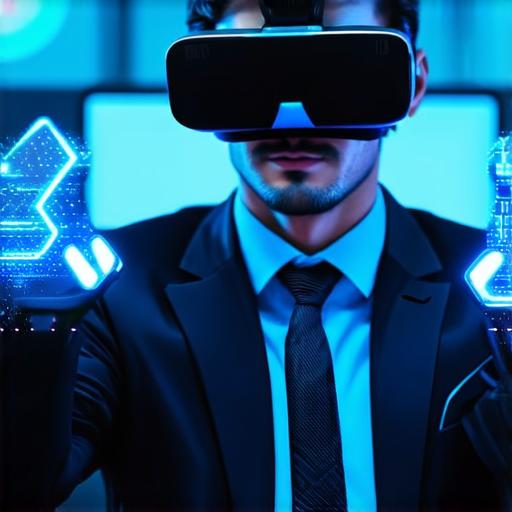Virtual reality (VR) technology has revolutionized the way we learn and train. It allows for immersive, interactive experiences that can simulate real-world scenarios, making it a powerful tool for education and training. In this article, we will explore what training in virtual reality entails, including its benefits, applications, and best practices.
What is Virtual Reality Training?
Virtual reality training involves using VR technology to simulate real-world scenarios in a controlled environment. These simulations allow trainees to practice skills and perform tasks that may be difficult or impossible to replicate in real life. The goal of VR training is to provide a safe, cost-effective, and engaging way for individuals to acquire new knowledge and develop their skills.
Benefits of Virtual Reality Training
Virtual reality training has numerous benefits that make it an attractive option for organizations of all sizes. These include:
- Improved safety: VR training allows trainees to practice skills in a controlled environment, reducing the risk of accidents or injuries.
- Cost-effective: VR training eliminates the need for costly equipment or resources, making it an affordable option for organizations with limited budgets.
- Enhanced engagement: VR training provides an immersive and interactive experience that keeps trainees engaged and motivated.
- Increased retention: Studies have shown that VR training can improve knowledge retention and transfer compared to traditional methods.
Applications of Virtual Reality Training
Virtual reality training has a wide range of applications across various industries, including:
- Healthcare: VR training can be used to simulate surgical procedures, emergency response scenarios, and patient care situations.
- Military: VR training can be used to simulate combat situations, tactical exercises, and leadership development.
- Aviation: VR training can be used to simulate flight scenarios, emergency procedures, and aircraft maintenance.
- Construction: VR training can be used to simulate construction site safety procedures, equipment operation, and project management.
- Manufacturing: VR training can be used to simulate assembly line processes, quality control procedures, and machine operation.
Best Practices for Virtual Reality Training
To maximize the effectiveness of virtual reality training, it’s important to follow best practices such as:
- Setting clear objectives: Define the goals of your VR training program and align them with business objectives.
- Incorporating real-world scenarios: Use realistic simulations to ensure that trainees are prepared for real-life situations.
- Providing feedback: Provide immediate feedback to trainees on their performance to improve knowledge retention and transfer.
- Ensuring user comfort: Ensure that trainees are comfortable using the VR technology and provide adequate training on how to use it effectively.
- Regularly updating content: Keep your VR training content up-to-date to reflect changes in industry standards, equipment, or processes.

Summary
Virtual reality training is a powerful tool for education and skill development. It offers numerous benefits over traditional methods and has a wide range of applications across various industries. By following best practices and setting clear objectives, organizations can maximize the effectiveness of their VR training programs and improve overall performance.



